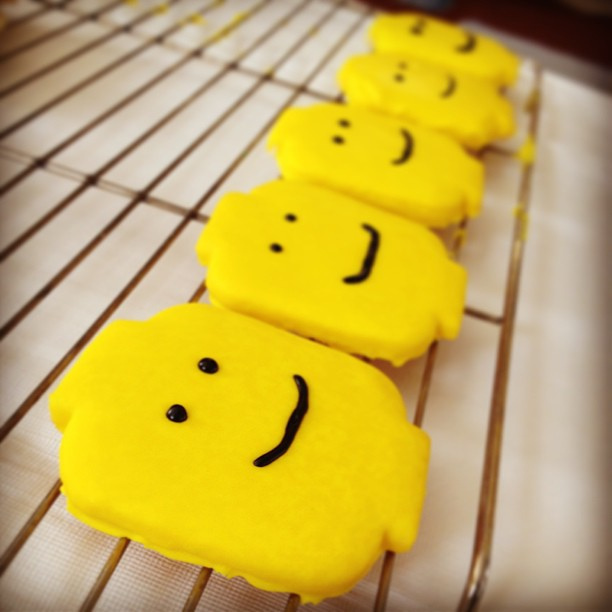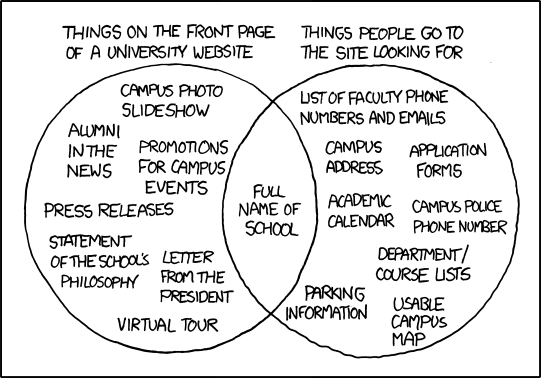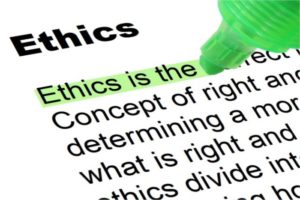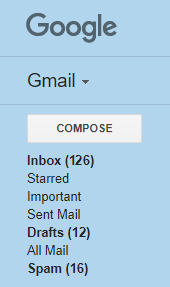 One of the limitations of sharing examples of a project written by a student with a class is that everyone then turns in nearly identical projects. Students take the examples as the only way to do the project, so they complete their work so that it looks precisely the same.
One of the limitations of sharing examples of a project written by a student with a class is that everyone then turns in nearly identical projects. Students take the examples as the only way to do the project, so they complete their work so that it looks precisely the same.
It’s like cookie cutter projects. The icing may be slightly different, but it’s obvious they are all part of the same batch. In fact, if you didn’t know better, you’d think they were plagiarized.
So today’s #WednesdayWrite is a challenge to you: Can you be creative? I hope so because your job this week is to brainstorm some ideas to get everyone thinking creatively.
Review the student examples from the assignment:
Once you have a good idea of the information and design used in the examples, spend some time thinking about the ways the examples are very similar.
Next, it’s time to get creative. Add a comment (or reply to a comment here) with idea(s) on what could be done differently with the Analysis project to make it stand out as different and more creative. To help you think about the possibilities, consider these questions:
- Can you add details that are not part of the required information?
- Is there a column you can add that is unique?
- Can you think about the kinds of writing in a different way?
- What can you do with document design that will make your work stand out?
- Can you include something relevant in addition to your table of information?
- What can you do to “think outside the box”?
I will point everyone in the class to this post next week, and encourage them to find some ways to make their projects different from those examples.
Photo credit: Lego Man Sugar Cookies by Betsy Weber on Flickr, used under a CC-BY 2.0 license

 Find the codes of ethic for your profession. For instance, an electrical engineer would focus on the
Find the codes of ethic for your profession. For instance, an electrical engineer would focus on the  The members of your writing group need to plan and write a short report on successful strategies for the job search. Your group has had two meetings in Slack so far, after which members have emailed and Replied to All, with everyone getting lots of emails with long threads about the report.
The members of your writing group need to plan and write a short report on successful strategies for the job search. Your group has had two meetings in Slack so far, after which members have emailed and Replied to All, with everyone getting lots of emails with long threads about the report.